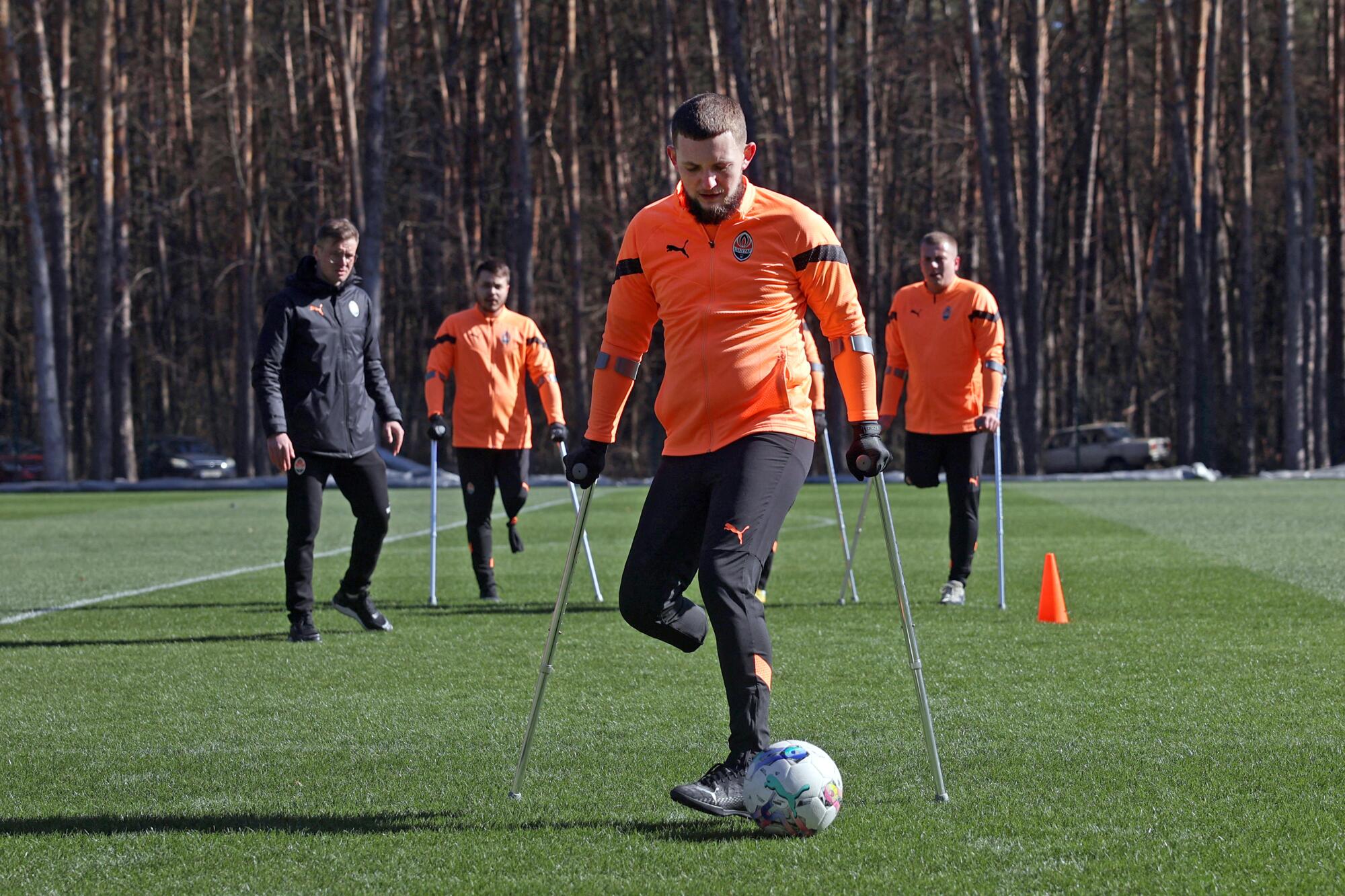
Valentyn Romaniuk enlisted in the Ukrainian army the day after the Russian invasion in February 2022. Sixteen months later he was fighting with the 3rd Separate Assault Brigade near the small town of Klishchiivka, in eastern Ukraine, when an explosion mangled his right leg just below the hip.
The leg had to be amputated to save his life. Romaniuk, was only 21, yet in a flash a life that was just beginning had changed forever.
Oleksandr Kovalchuk, who grew up swimming, competing in judo and playing soccer, had followed his father into the military and was deployed in the Kreminna Forest with the 12th Special Forces Azov Brigade. Last November he was charging a Russian position when he stepped on unexploded cluster munitions, which the locals call cassette bombs. It blew open his left leg below the knee.
It, too, had to be amputated. Kovalchuk, also 21, had seen his life permanently altered as well.
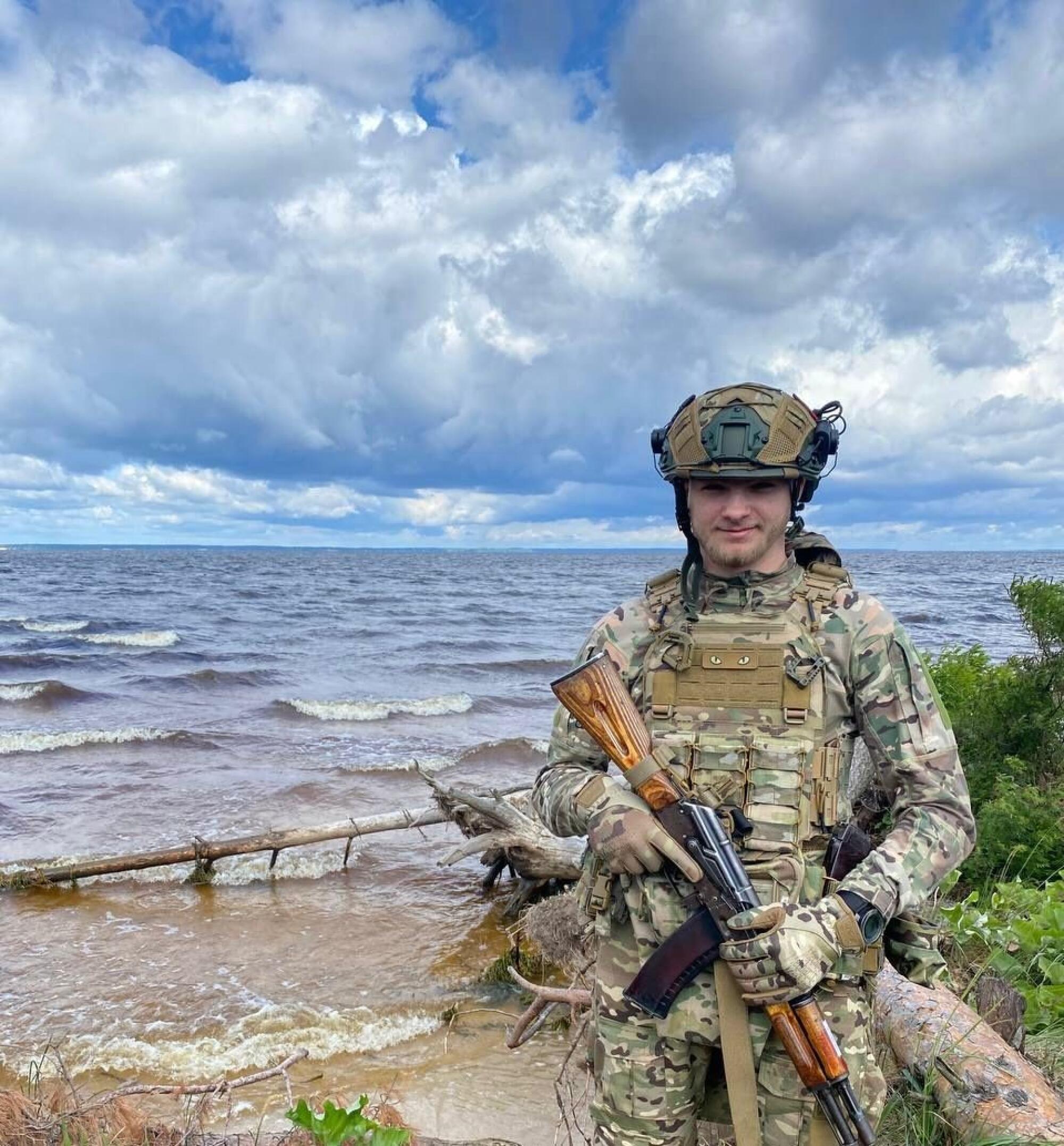
FC Shakhtar Donetsk, Ukraine’s most successful soccer team, can do little to stop that carnage. But in February it took a big step toward helping those wounded warriors adjust to their new reality, becoming the first professional club in the soccer-mad country to sponsor an amputee team.
“Those who were serving — and who are still serving in the military — they’re real heroes for us,” Inna Khmyzova, the director of Shakhtar Donetsk’s social foundation, said in a teleconference. “They are those who let us live, let’s say, normal lives; to protect us.
“So this is our duty and this is our honor to create opportunities for them when they need it.”
Two other amputee teams have been formed in Ukraine since last year but Shakhtar is the only professional club that has one. The team’s 15 players call themselves Shakhtar Stalevi, which roughly translates as “Made of Steel,” and they say the physical and emotional outlet the game provides is an important part in their recovery from the trauma they’ve suffered.
The need for that kind of release is great in war-weary Ukraine because the stories of Romaniuk and Kovalchuk are not unique. Although the government has declined to share casualty figures, German officials estimate between 30,000 and 50,000 Ukrainian soldiers have lost limbs since the first Russian invasion in 2014, according to CNN. The Department of Health in Kyiv, the Ukrainian capital, says 15,000 amputations took place in the first half of 2023 alone.
And there will be more since Ukraine is considered the most mined country in the world, with unexploded ordnance buried in fields, forests, roads and communities in 11 of Ukraine’s 27 regions, human rights groups say. The country’s Ministry of Foreign Affairs estimates 30% of the country’s total land area is mined.
Russia’s war on its neighbor is destined to leave an entire generation of Ukrainians with visible physical injuries and invisible mental ones.
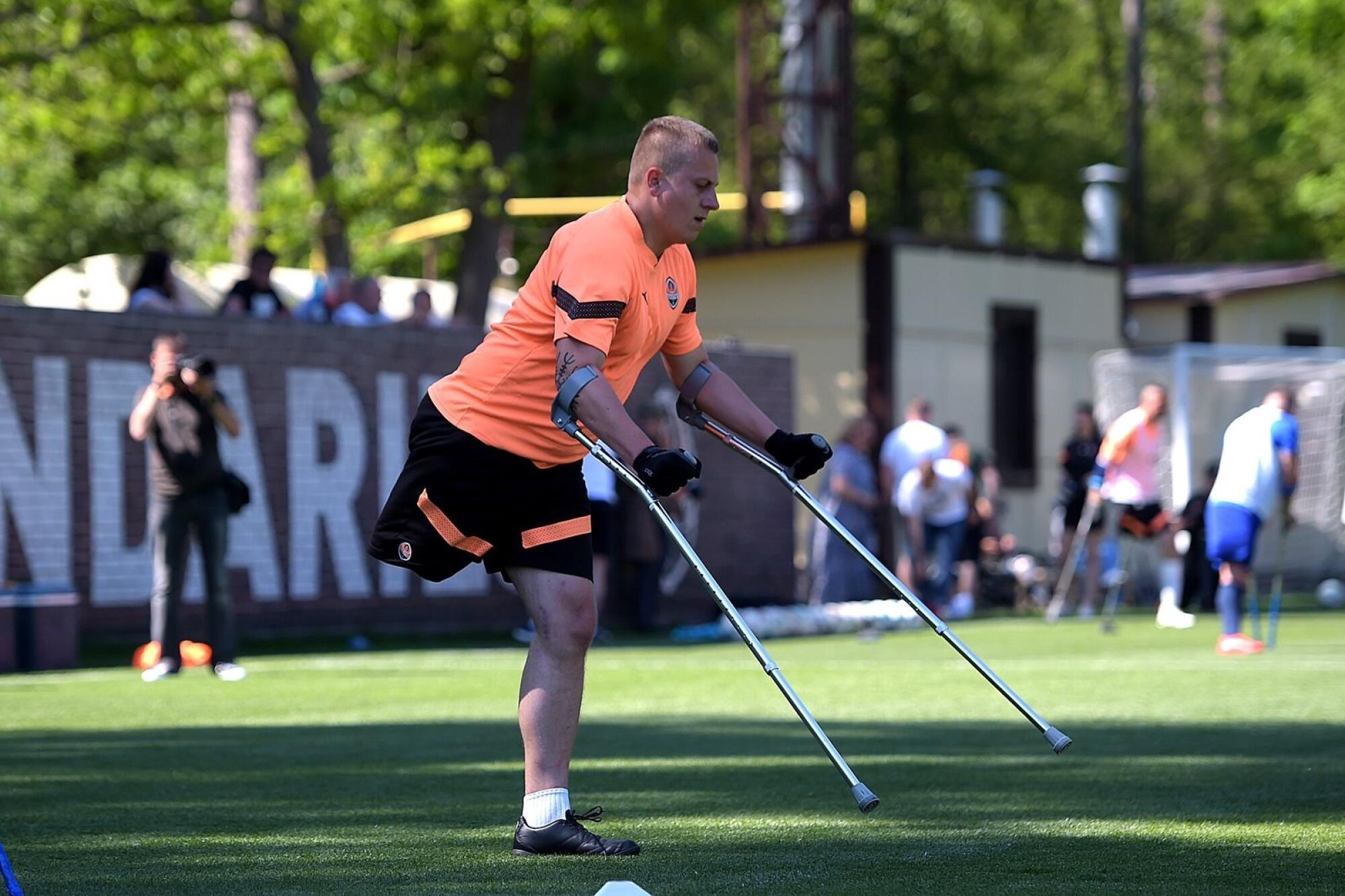
“There is a team, there is regular training sessions. It’s an opportunity to distract myself from those medical things, medical procedures.”
— Valentyn Romaniuk, Ukrainian war veteran who plays on amputee soccer team
“Trauma is kind of like being stuck in time and [in] this really horrible event. So people need a sense of safety in relationship to others, to create a sense of safety in their own bodies,” said Danielle Brown, an associate professor in the School of Social Work at USC who specializes in trauma and mental health care. “It really makes perfect sense to me. Engaging in sports, being on a team, working together toward a mutual goal, having to rely on teammates would be really incredible for trauma recovery and trauma healing.”
Some of the veterans who play for Shakhtar Stalevi are still hospitalized; others undergo hours of grueling rehabilitation each day, trying to regain strength in their injured limbs and learning how to walk with crutches or prosthetics.
Many were active athletes before the war, which has made the physical healing easier.
Dmytro Havryliuk played soccer and was a boxer before joining the 1st Tank Brigade 10 days shy of the first anniversary of the invasion. Five months later he lost a limb to a Russian mortar shell near Robotyne, a tiny village in southeastern Ukraine. The fact he was in good shape likely prevented further damage.
As a boy Vladyslav Moskalenko said he played every sport — football, basketball, judo, track and field. He also joined the military in the second year of the war and was wounded fighting alongside Kovalchuk with the Azov Brigade in the Kreminna Forest last fall. His strength helped him pull through.
Yet if their fitness helped save them physically, it did little to prepare them for the mental part of their recovery.
“The emotional part of healing from trauma is really being in connection with [and] in relationship to others,” said Brown, who also serves as the clinical supervisor for the trauma recovery center at USC. “Being on a team is like a type of group therapy in a way. Instead of sitting around talking, we’re actually working together for a common goal.
“I think it’s a phenomenal idea.”
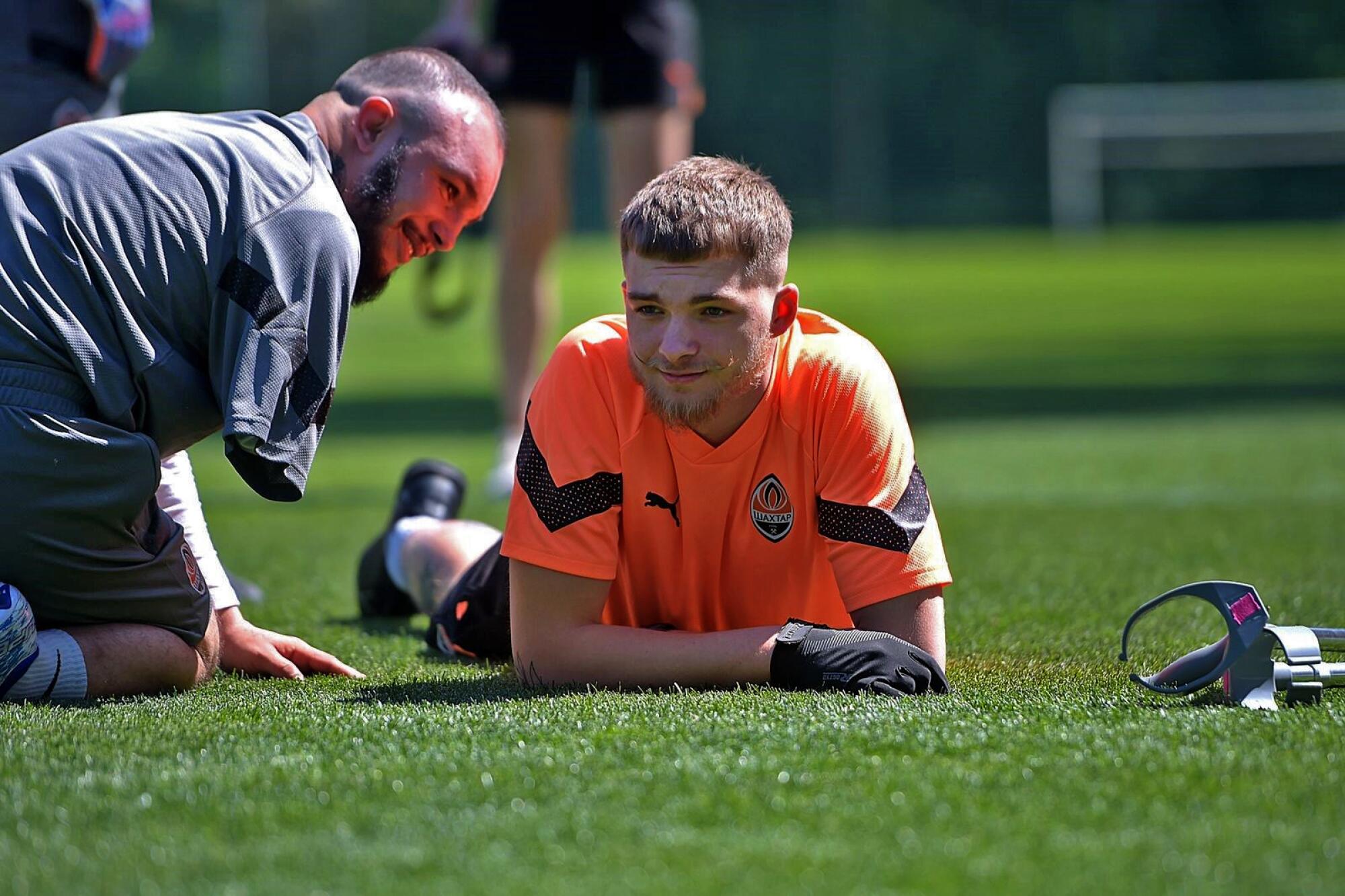
So do the players.
“For me, it’s a kind of rehabilitation,” Romaniuk, who lives in Kyiv, said through Khmyzova’s translation. “There is a team, there is regular training sessions. It’s an opportunity to distract myself from those medical things, medical procedures.”
Kovalchuk, who still spends most of his time undergoing rehabilitation in a private clinic in Kyiv that treats veterans, has been fitted for a prosthetic and is eager to put on his uniform again once his rehab is completed.
“Of course I can’t storm the enemy positions any more,” he said, with Khmyzova translating. “But there are many possibilities and professions that I can still do in the army. I could be a drone operator.”
No segment of Ukrainian society has escaped the pain of war, and that includes soccer. Shakhtar Donetsk, for example, the 15-time champion of the Ukrainian Premier League, hasn’t played a true home game in a decade.
The industrial city of Donetsk, once home to nearly a million Ukrainians, is just 100 miles from the Russian border and has been occupied by pro-Russian separatists since the first invasion in 2014. Before then Shakhtar — the name translates as “Miners,” an ode to the many mining settlements that have surrounded Donetsk for centuries — played in the modern Donbas Arena, which the team had to abandon, moving first to Lviv, then Kharkiv and finally to Kyiv, where it keeps its headquarters and rents a training facility.
After a rough start, LAFC has won five consecutive matches and is poised to get even stronger when Olivier Giroud joins the team.
It returned to play this season to Lviv, near the Polish border, where fear of large crowds limited the team’s average attendance to 650 fans a game, about 300 below the overall league average. In its final season in the Donbas Arena, Shakhtar averaged 33,241 a game, better than all but five teams in either Italy’s Serie A or Spain’s La Liga and more than nine teams in the English Premier League.
“I still remember what it’s like to play before the full stadium,” Khmyzova, who has worked for the team 18 years, said before searching for a silver lining in the current situation.
“For the club, it gave us the opportunity to play all over Ukraine,” she said of the team’s 10-year-long trip. “Of course the majority of our supporters, they stayed in Donetsk, but at the same time, we were playing all over. And I believe that we managed to gain new supporters.
“For us, all our supporters matter.”
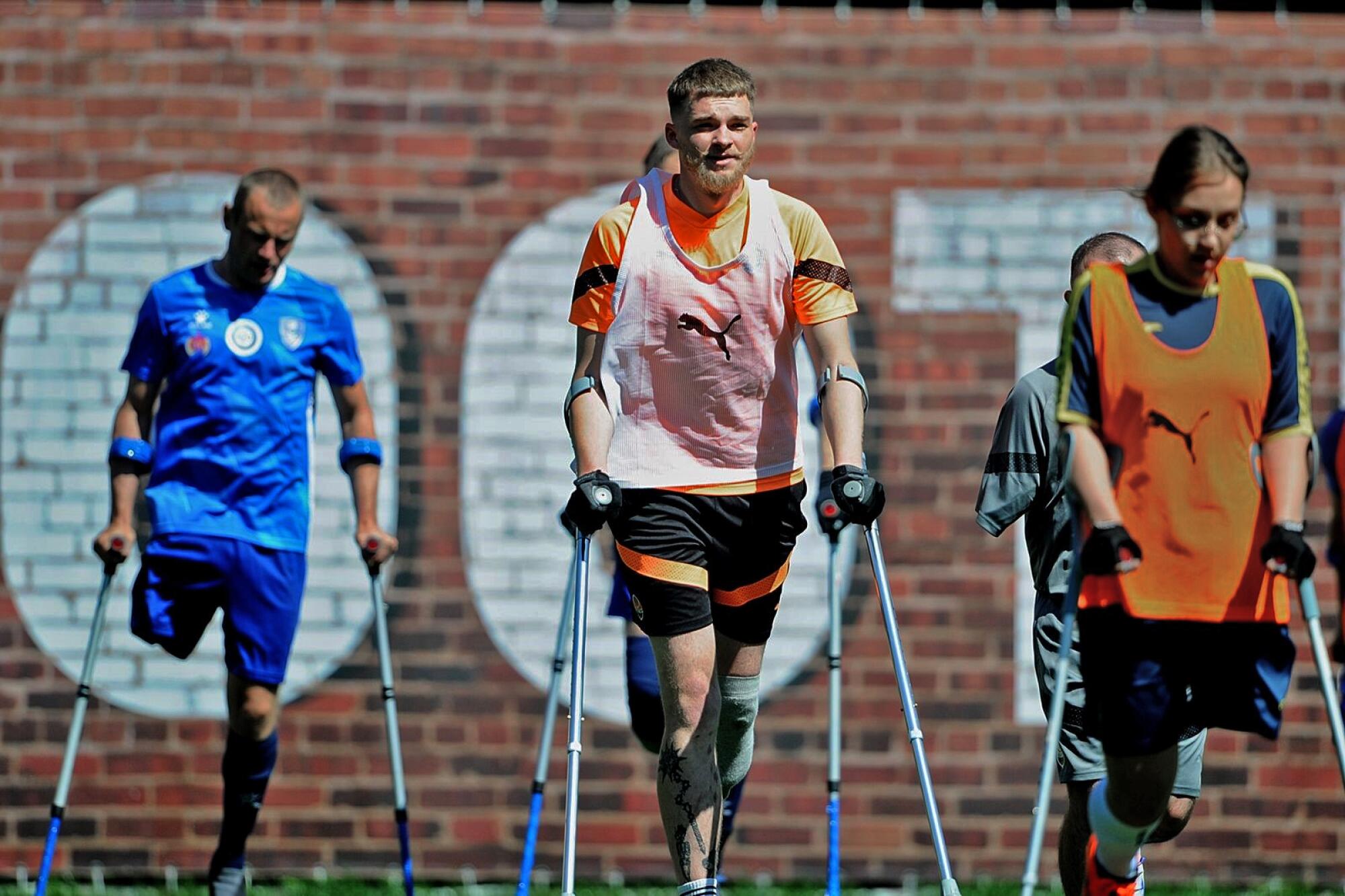
Now Shakhtar Donetsk is offering its support to the veterans who literally gave up a body part in an effort to push out the Russian invaders and hasten the day the team can once again play at home. So far they’ve only been able to welcome 15 players, all men, onto their amputee team, which is based in Kyiv. And because the other two amputee teams are not close — Pokrova AMP is 335 miles west in Lviv and ISC Dnipro is 120 miles southeast in Cherkassy — “Made of Steel” plays mostly against youth clubs and amateur adult teams.
“We still don’t have a league, for example, so there are not so many opportunities for guys to play,” Khmyzova said. “We really need to create a league and we’re trying to push this topic in Ukraine. We’re searching for funding to start other teams, to give opportunity to other people in other cities and small towns to play football. We’re working to create this competitive championship.
“They’re heroes for us,” she repeated. “That’s why we started this.”








